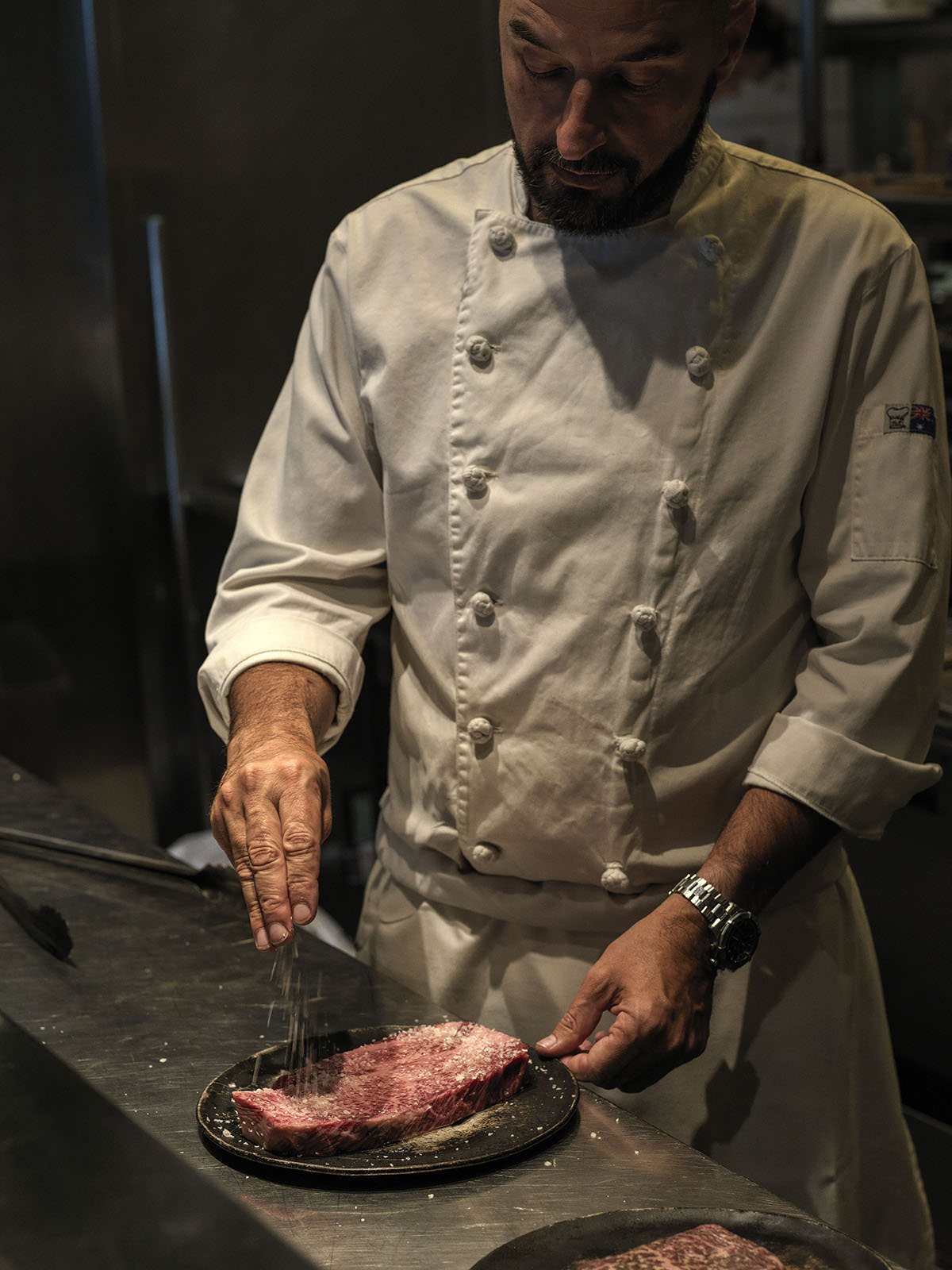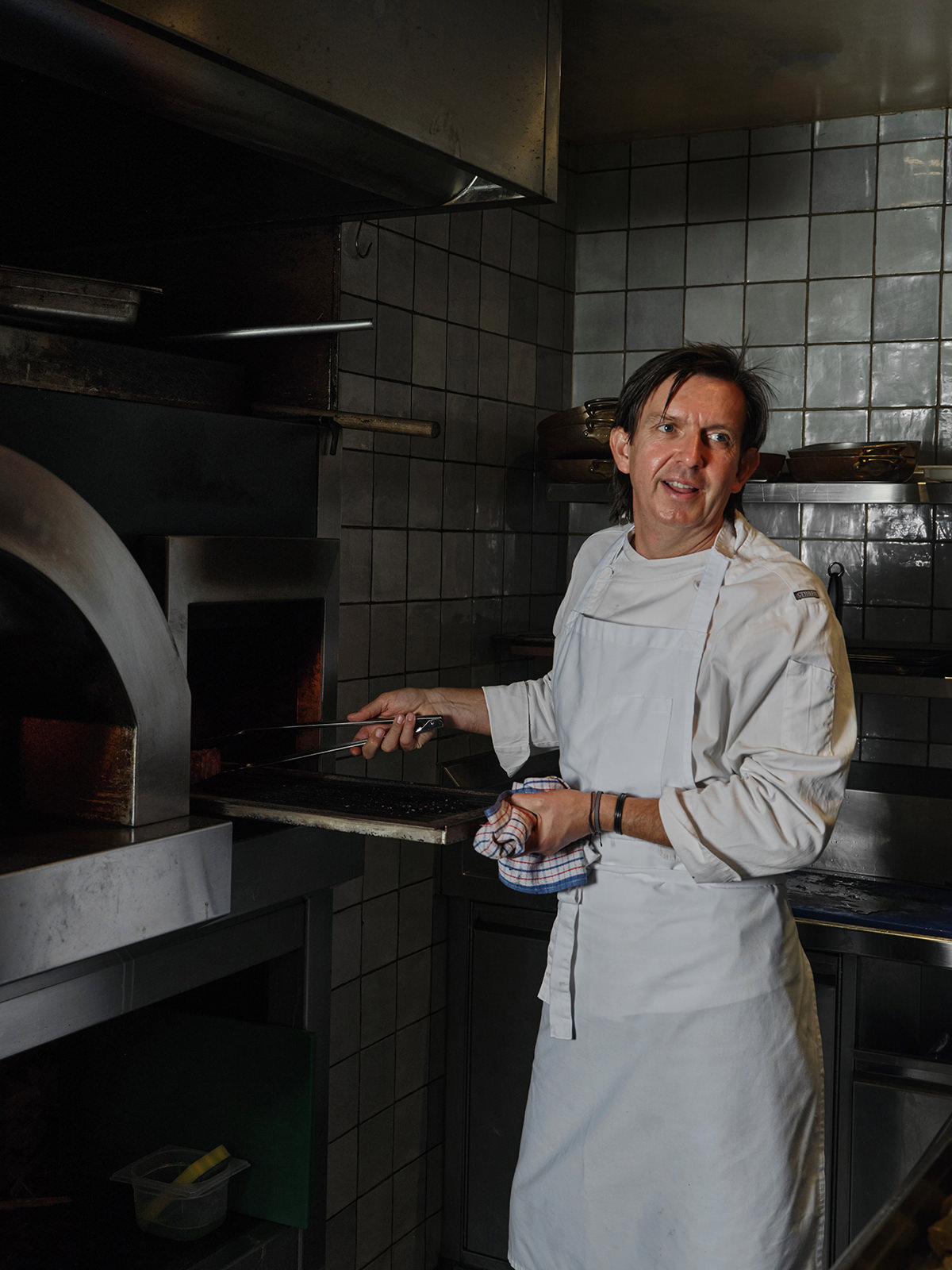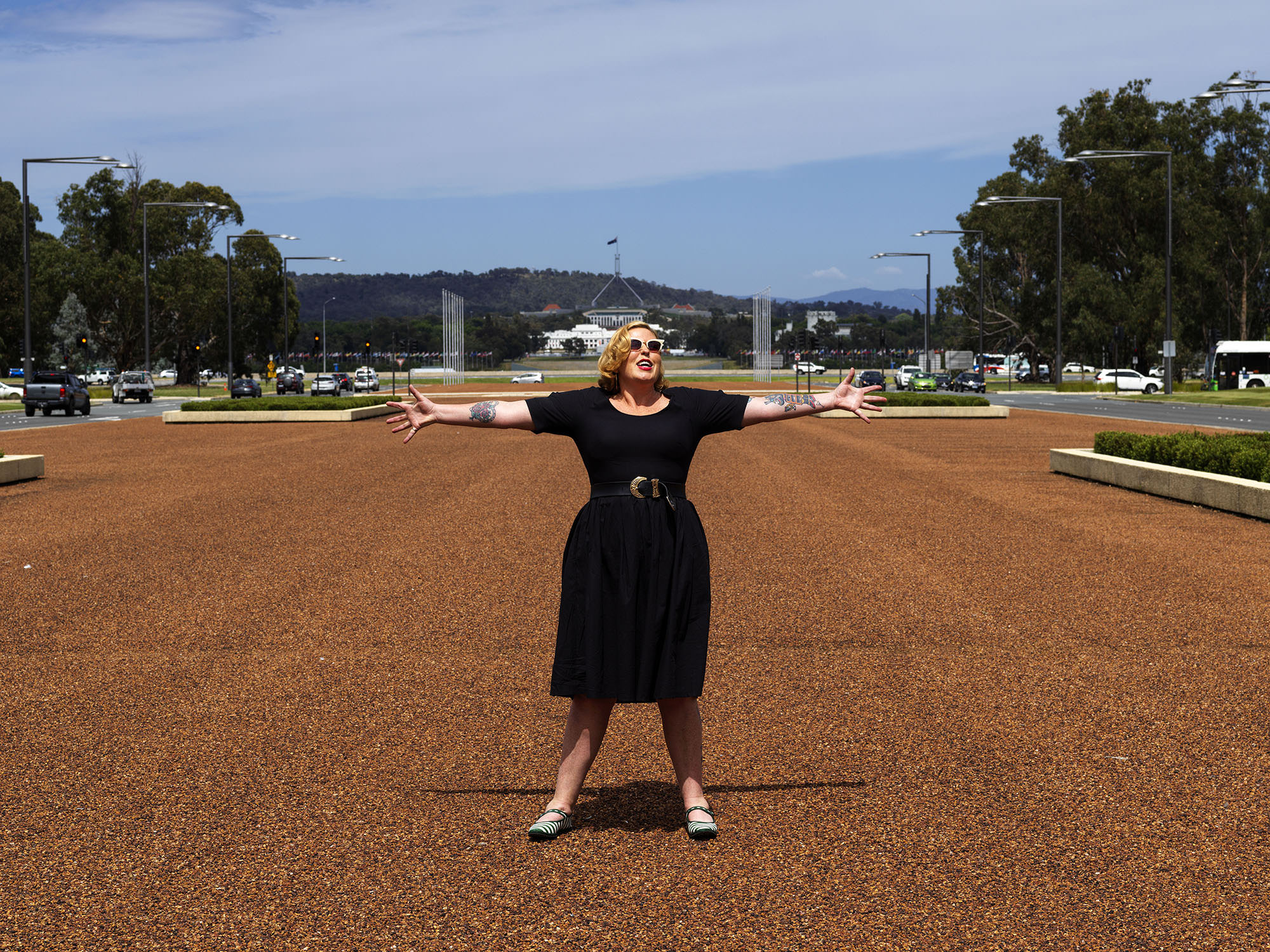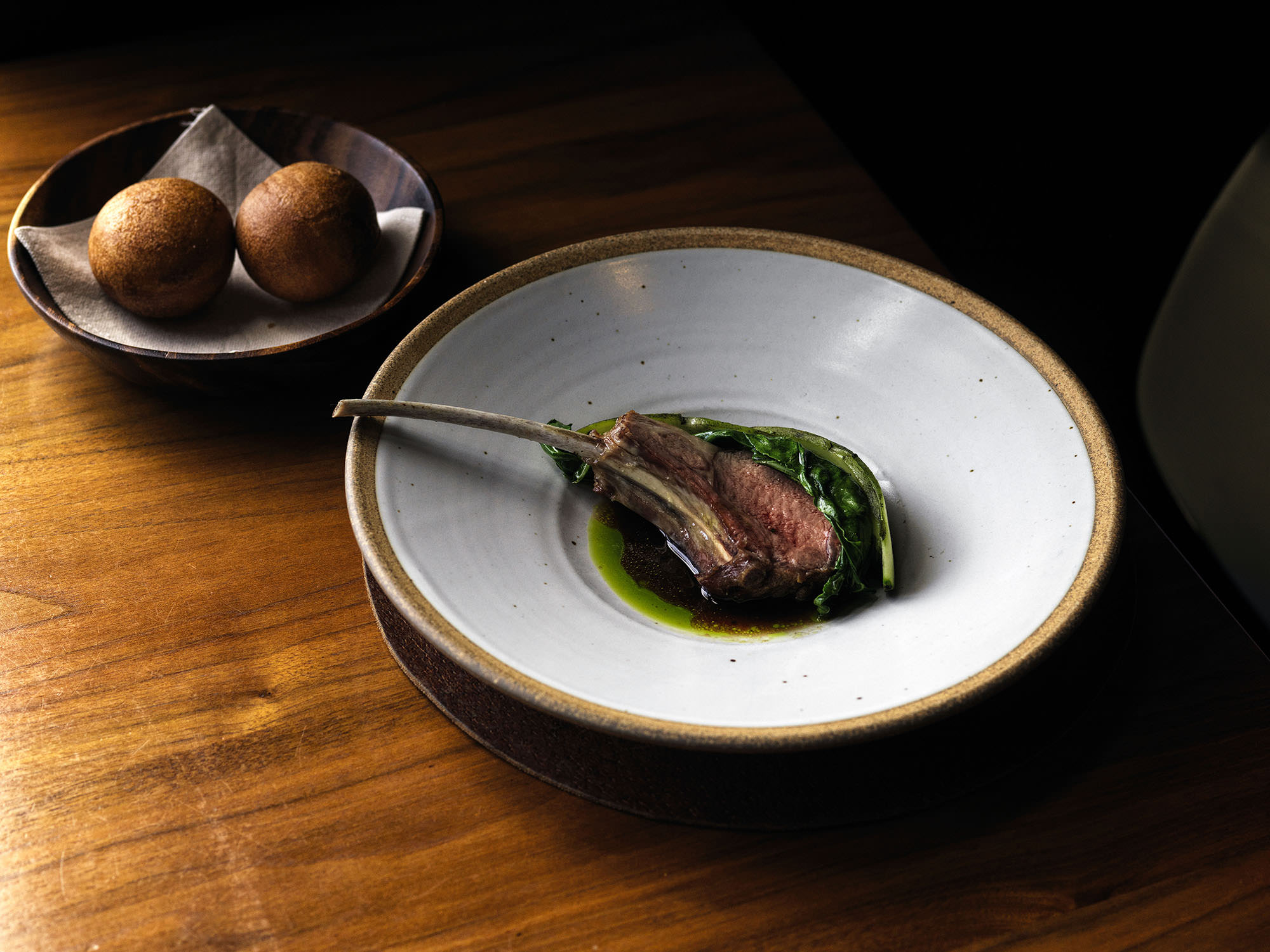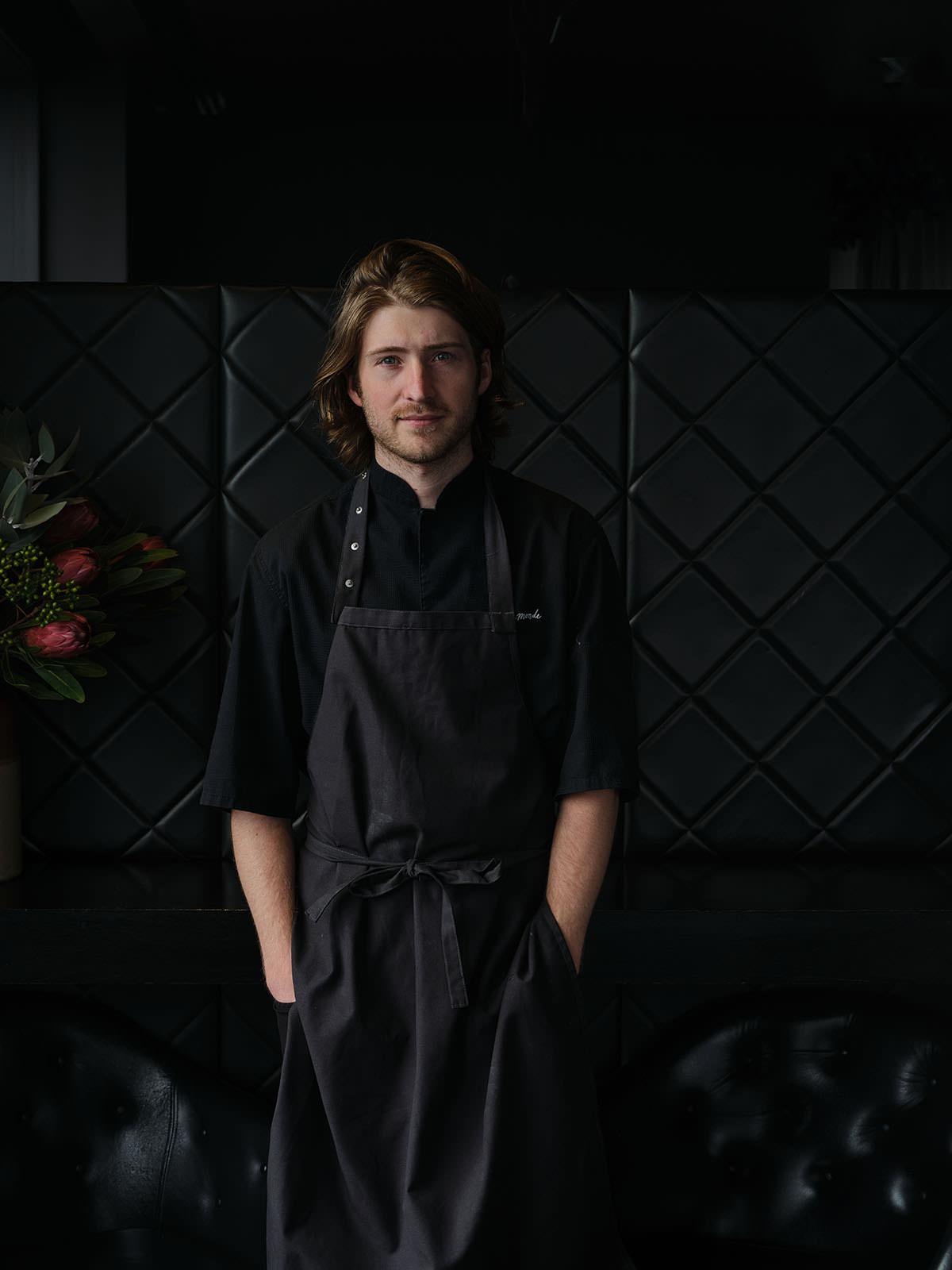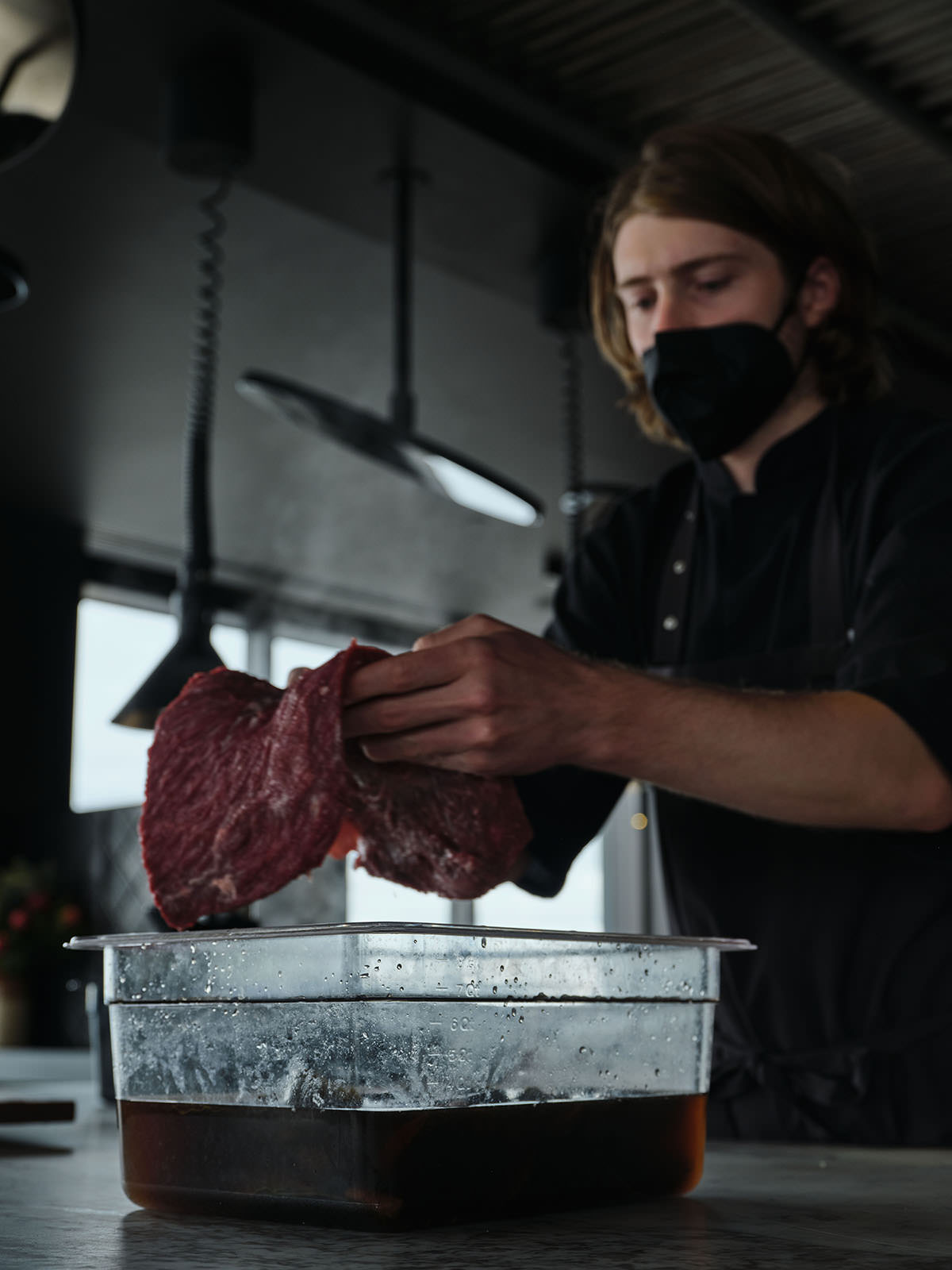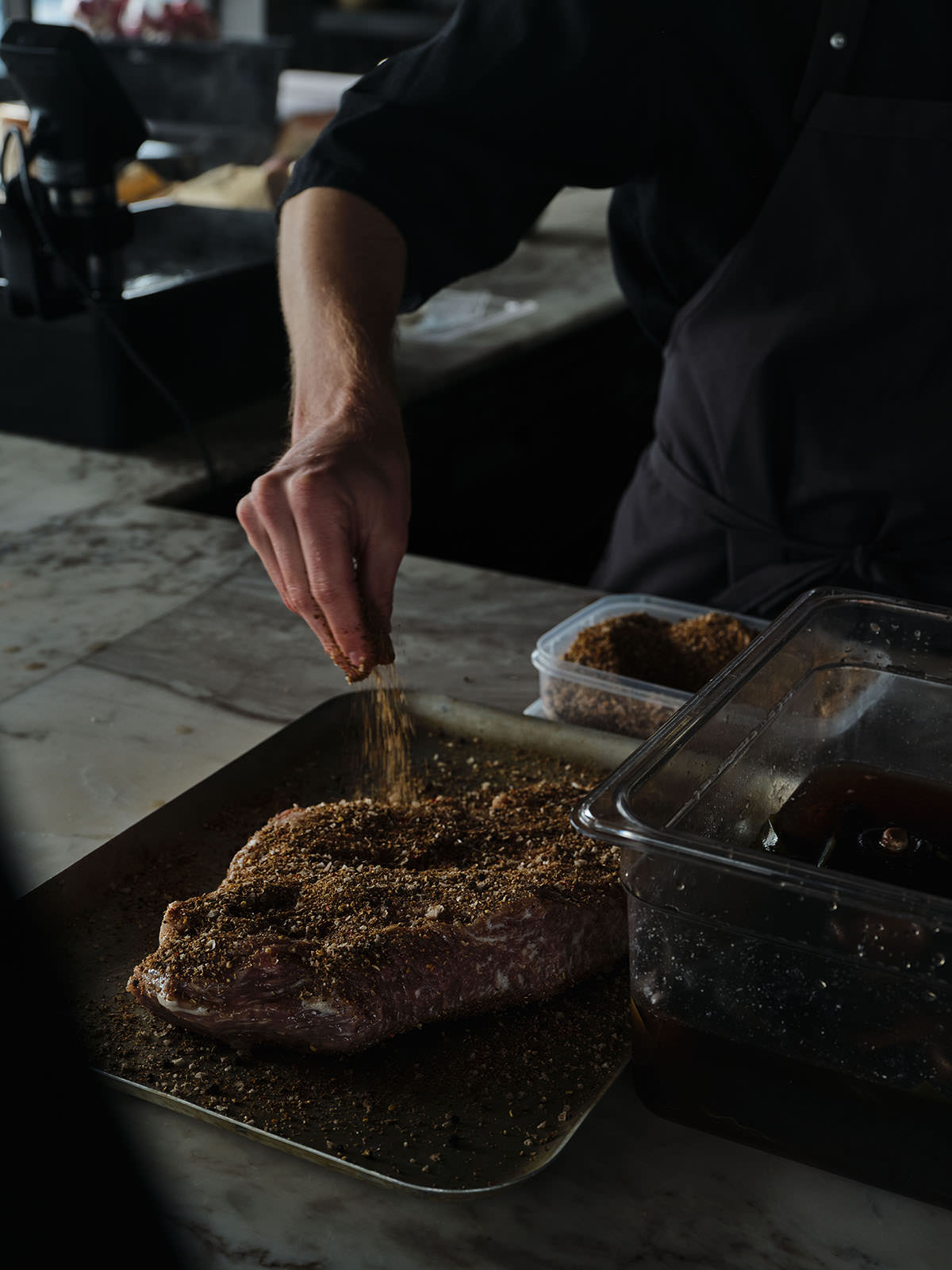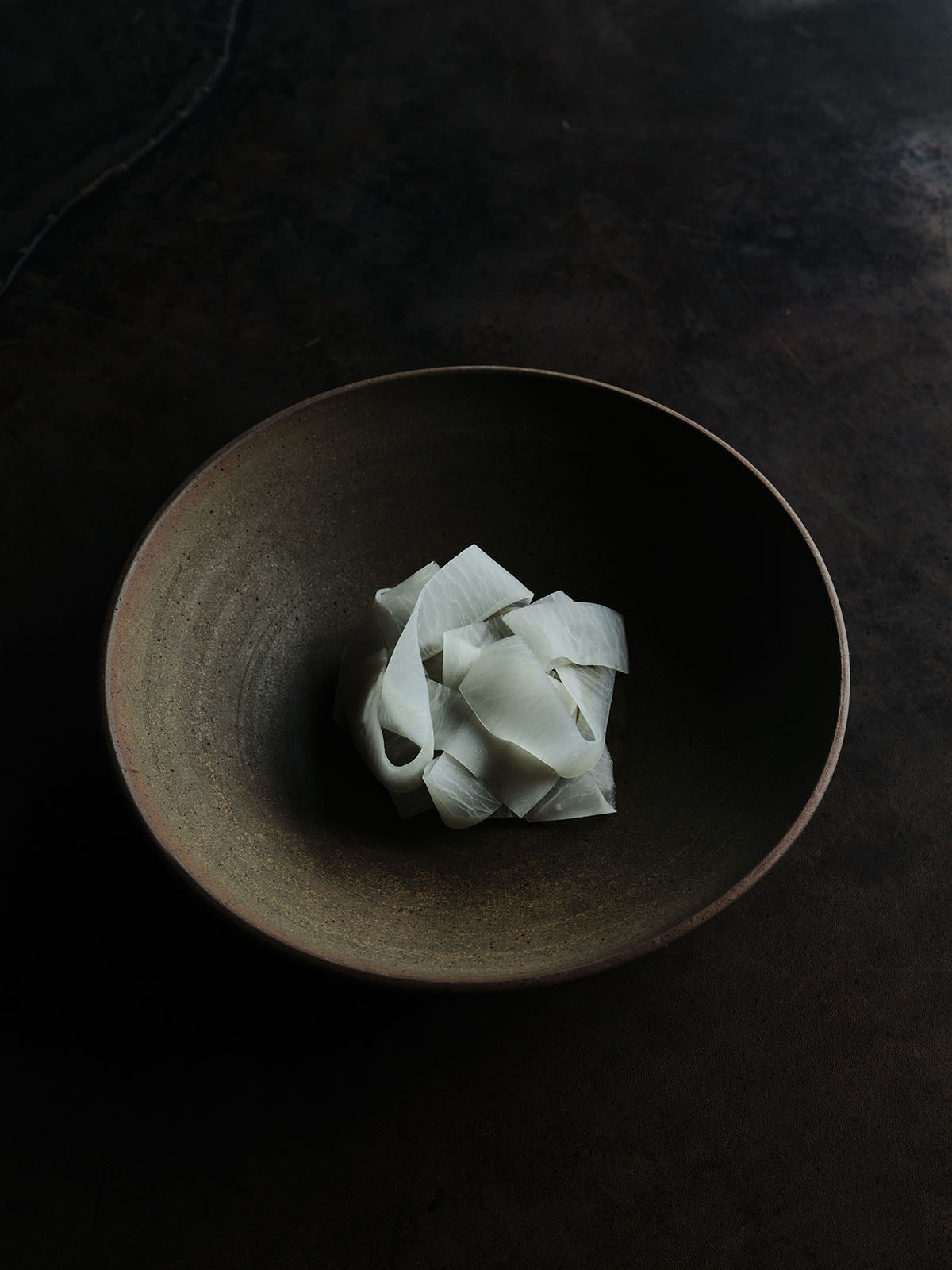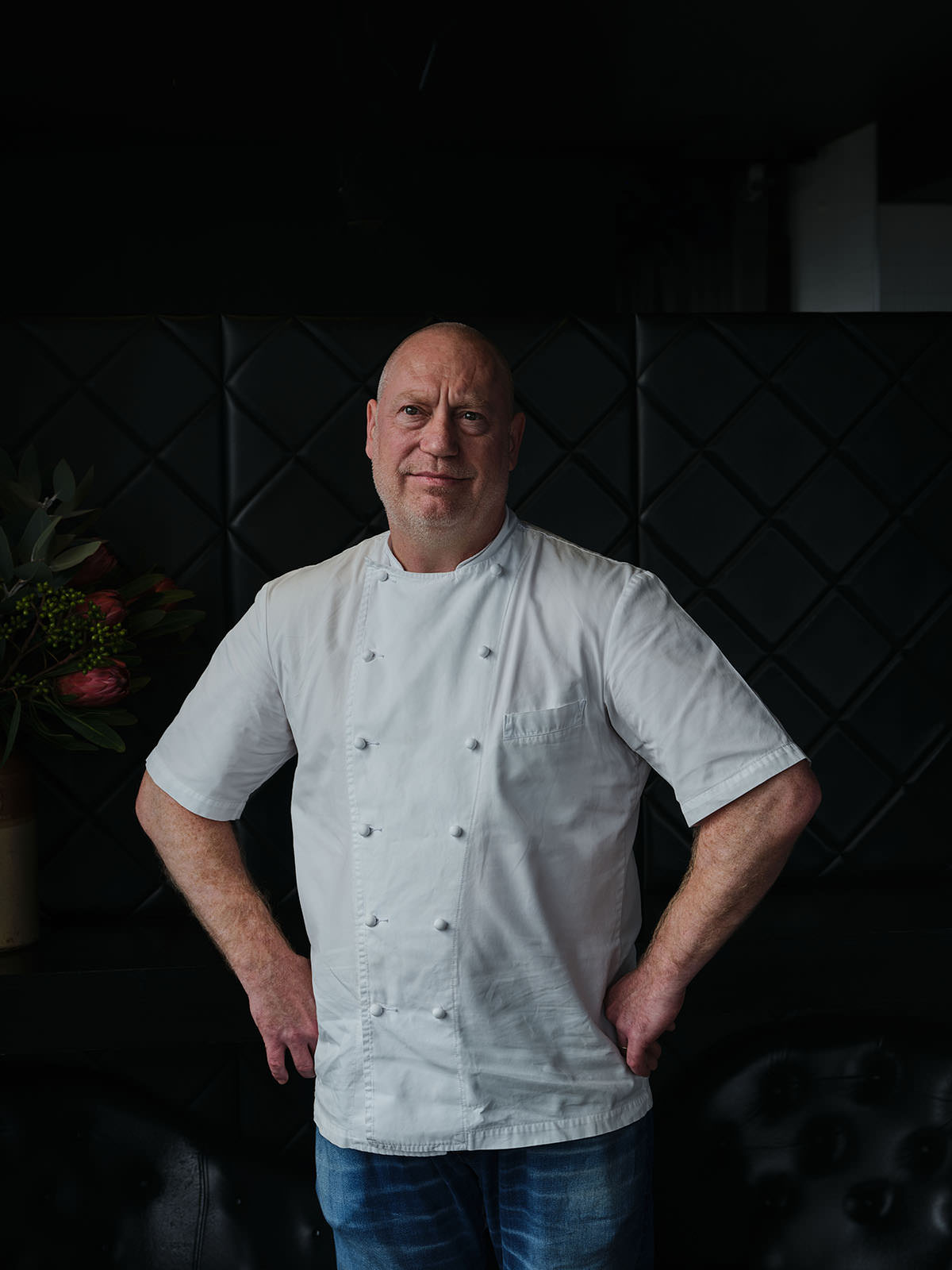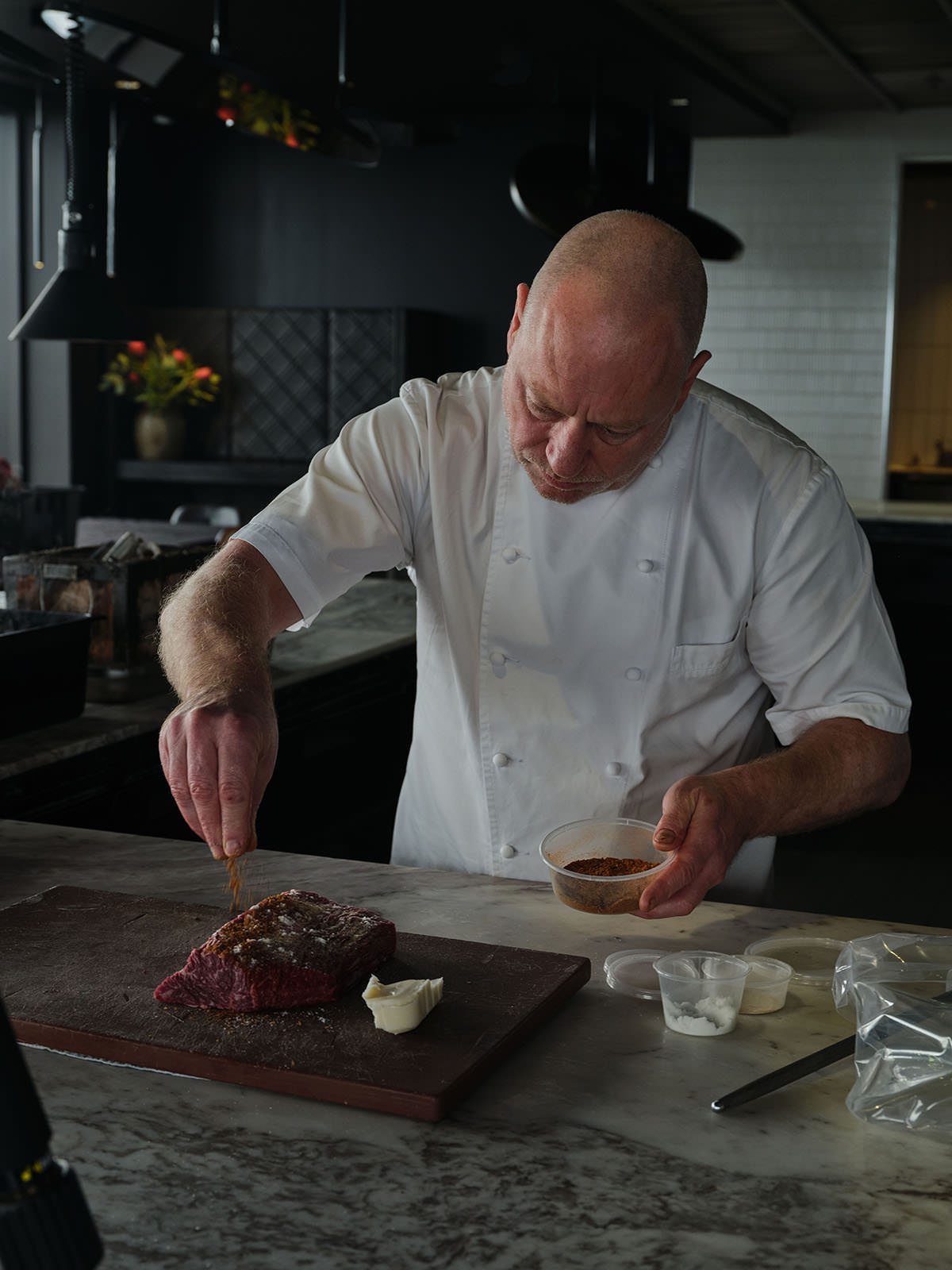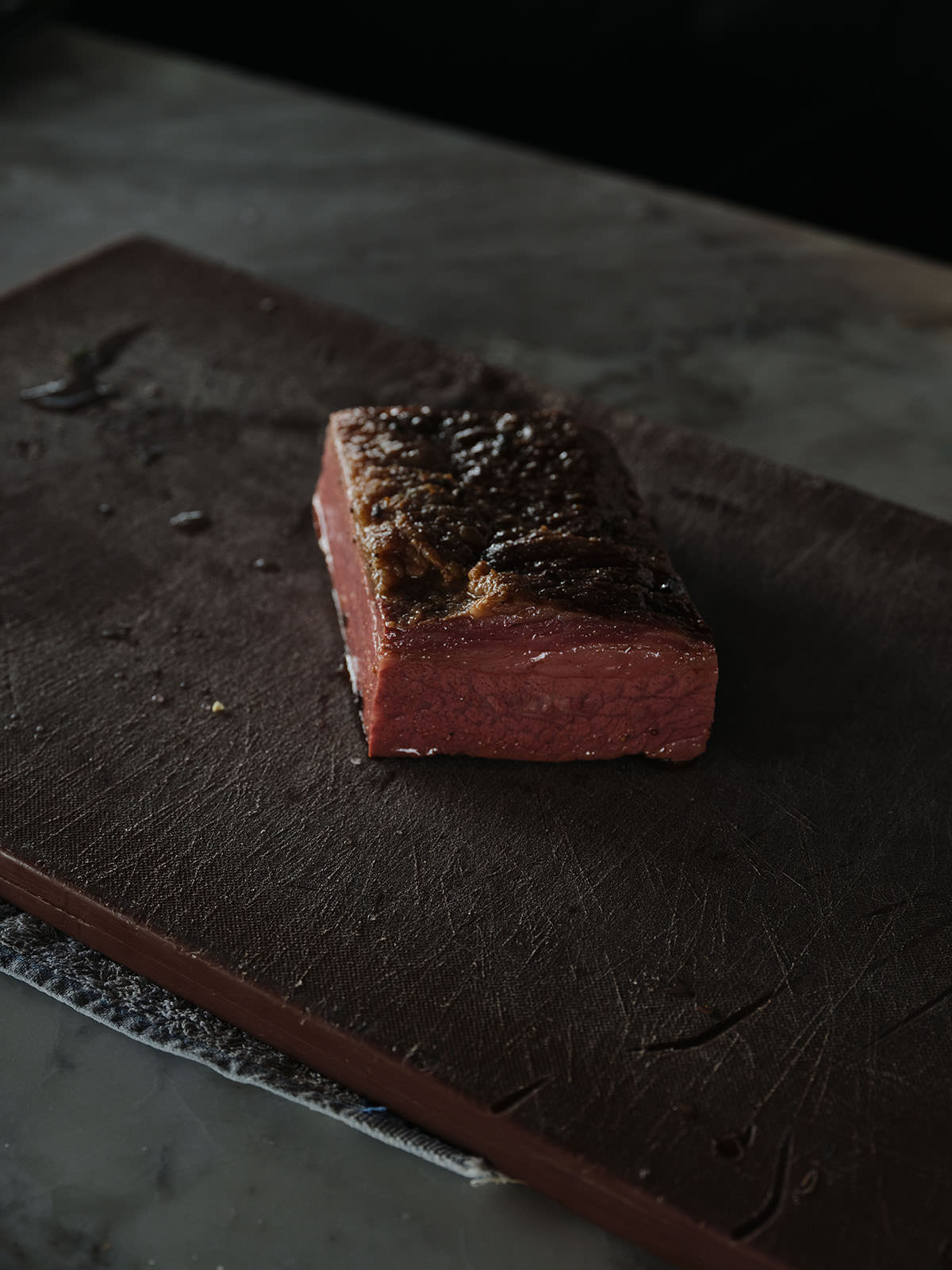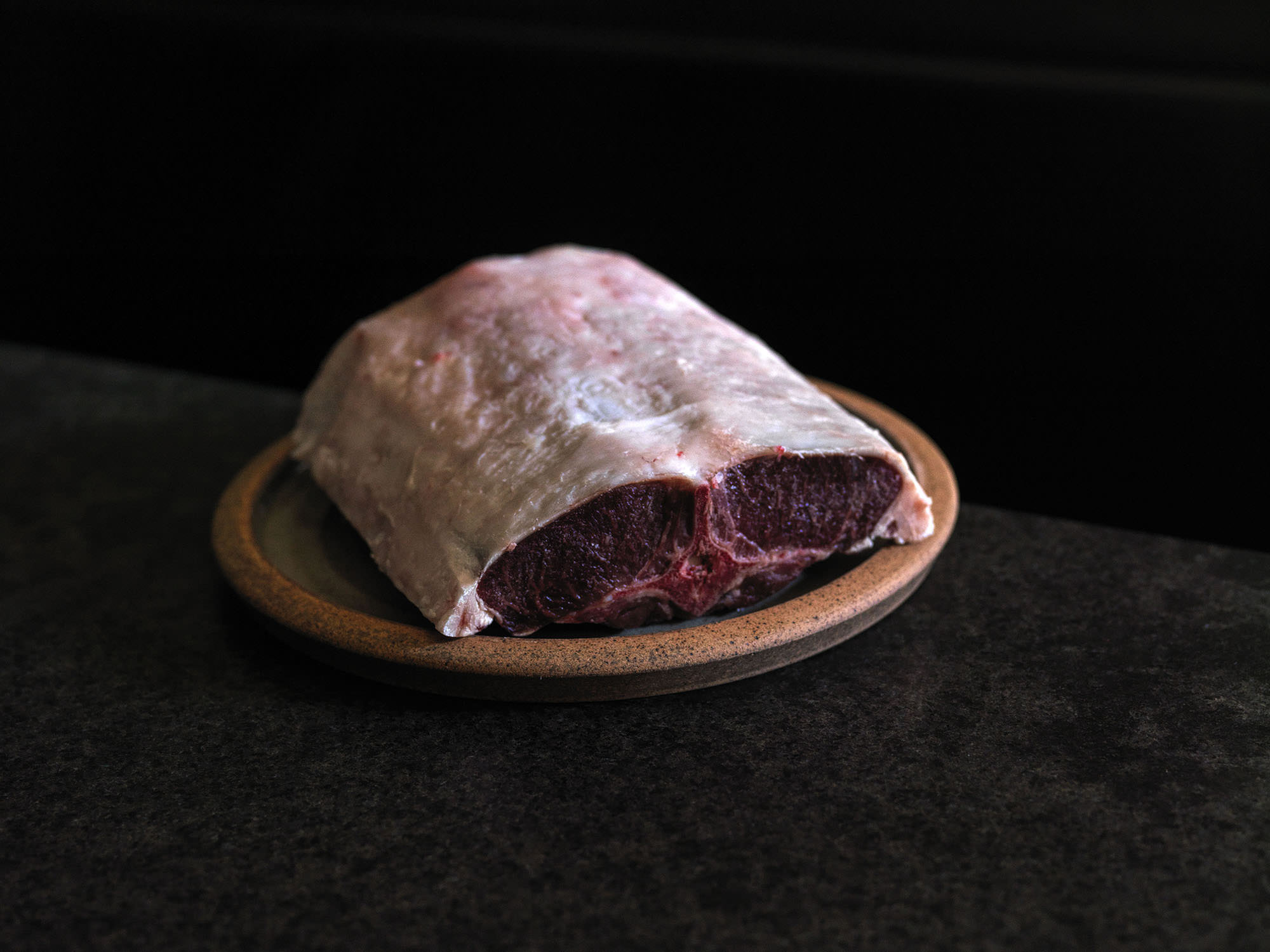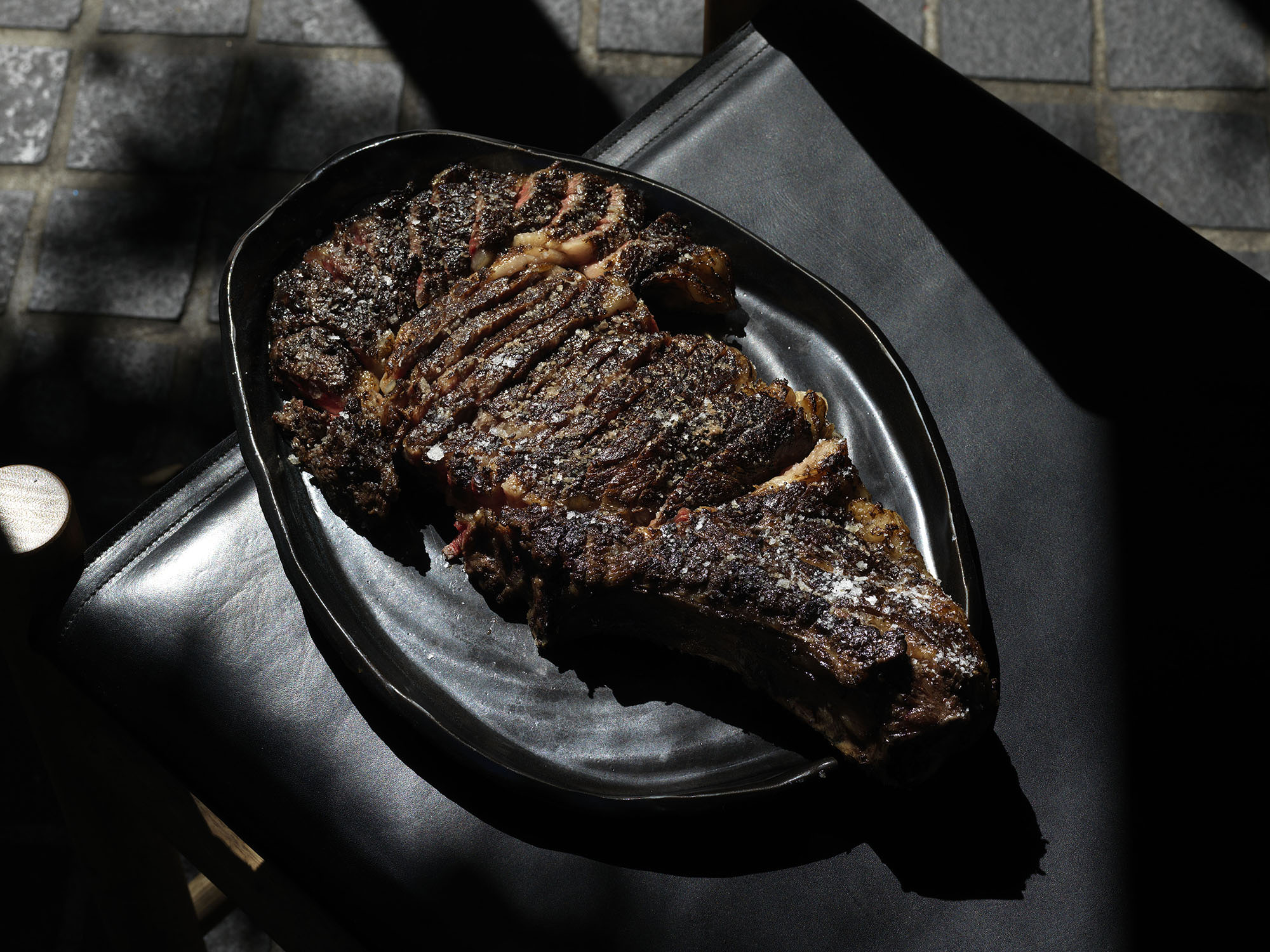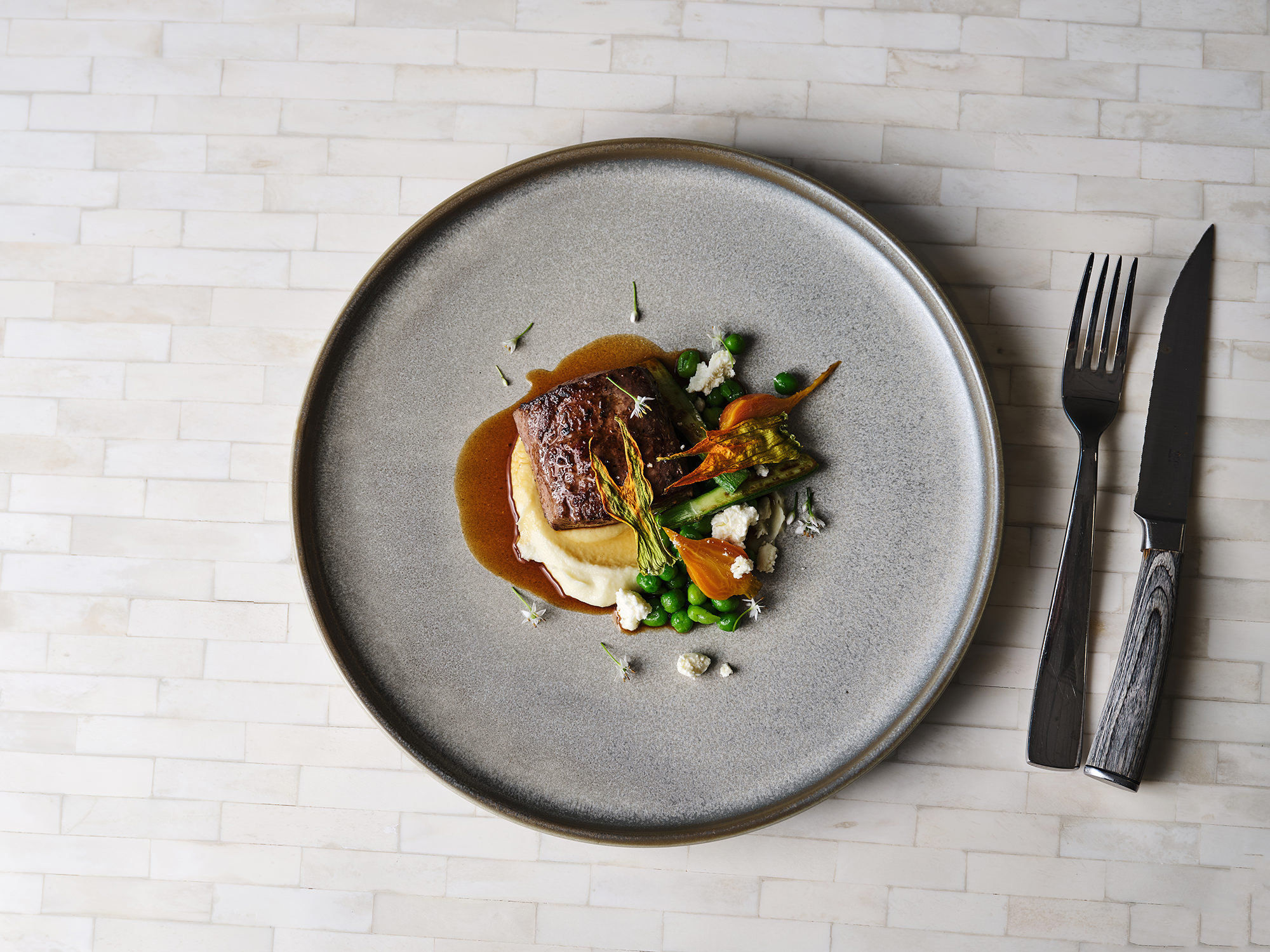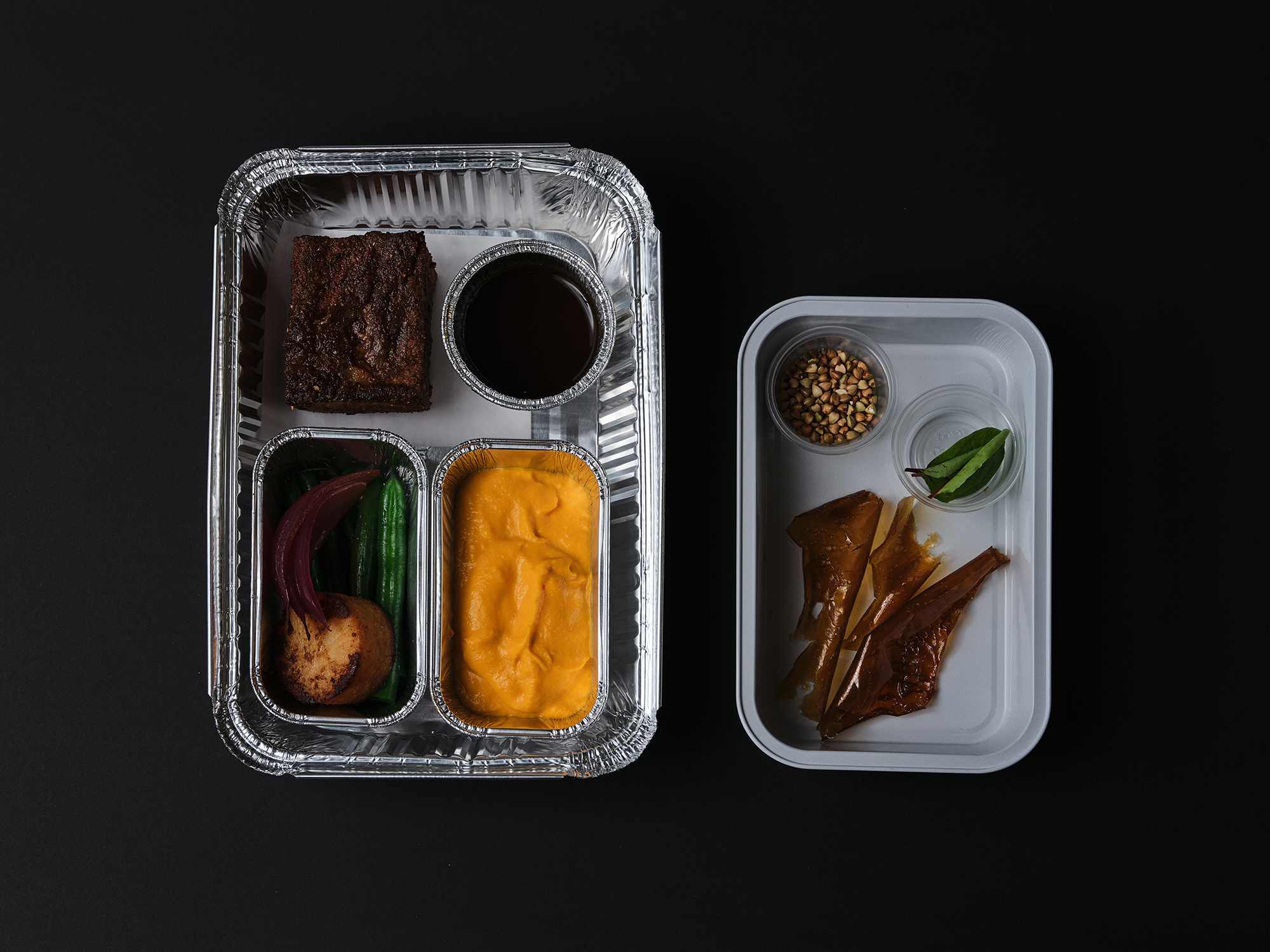Editor’s
Letter

Welcome to Issue 18 where we explore a little slice of luxury – and what a journey it has taken us on.
It has been wonderful to be back on the road and in the sky, crossing state lines and visiting restaurants around the country. Some venues are reporting that diners seem to be making up for lost time with average check size up – they are opting for more premium wines, choosing supplementary options and splashing out on luxury steaks. In fact, Australians spent a record $4.465 billion in cafes, restaurants and takeaway shops for the month of February, an increase of 9.7 per cent on January and up more than $500 million on February 2020, just before the pandemic.
As Pat Nourse puts it – ‘rare is the delicacy that gets the mouth watering in quite the same way as a really good steak’ and I couldn’t agree more. In this issue Pat talks to some of the greats of the steak game – Lennox Hastie, Andrew McConnell, Ross Lusted and Corey Costelloe about what makes a great steak. From the producer to the preparation, the cut to the cooking, the salt to the service – it’s not a one size fits all scenario and we are more than happy to try them all on.
Mark Best pays a visit to the pioneer of luxury beef in Australia David Blackmore who, with his son Ben, produces premium Wagyu for some of the finest restaurants in Australia and around the world. David maintains that his customer is and always has been the person choosing to dine out once a year for a special occasion – a celebration where they forget the diet and forget the budget. It’s all about quality over quantity for the Blackmore family and we learn about their new venture into Rubia Gallega, the Northern Spanish cattle David Blackmore believes will be the best grass-fed beef in the world.
Myffy Rigby makes a run for the Nation’s Capital to discover what’s good – and there’s plenty to be excited about. Established favourites sit firm amongst vibrant newcomers – from fun fine dining and everything over fire; to the simple pleasures of pizzas and jaffles – there’s certainly something for everyone.
I take a trip to Adelaide where the buzz is all around young chef Jake Kellie’s first restaurant Arkhe – and it more than lives up to the hype. Kellie’s resume reads like every young chef’s dream career run and in a leafy suburb in Adelaide he’s making his boldest move yet. Arkhe is Kellie’s dream restaurant come to life – where produce is the winner and playing with fire is the game.
It’s wagyu with a view as we shoot Cut Two Ways from the lofty 55th floor setting of Vue de monde in Melbourne. Executive chef Hugh Allen and Donovan Cooke of Ryne give us their versions of luxury dishes using wagyu brisket.
With flights back in the air, we thought we’d pay a visit to dnata catering – Australia’s largest in flight caterer creating a mind blowing 64 million meals to be served on 250,000 flights a year. Now that is Big Business.
I hope you enjoy the luxury of Australian beef and lamb.
Mary-Jane Morse
Meat & Livestock Australia
[email protected]
@_raremedium
Copyright: this publication is published by Meat & Livestock Australia Limited ABN 39 081 678 364 (MLA).








